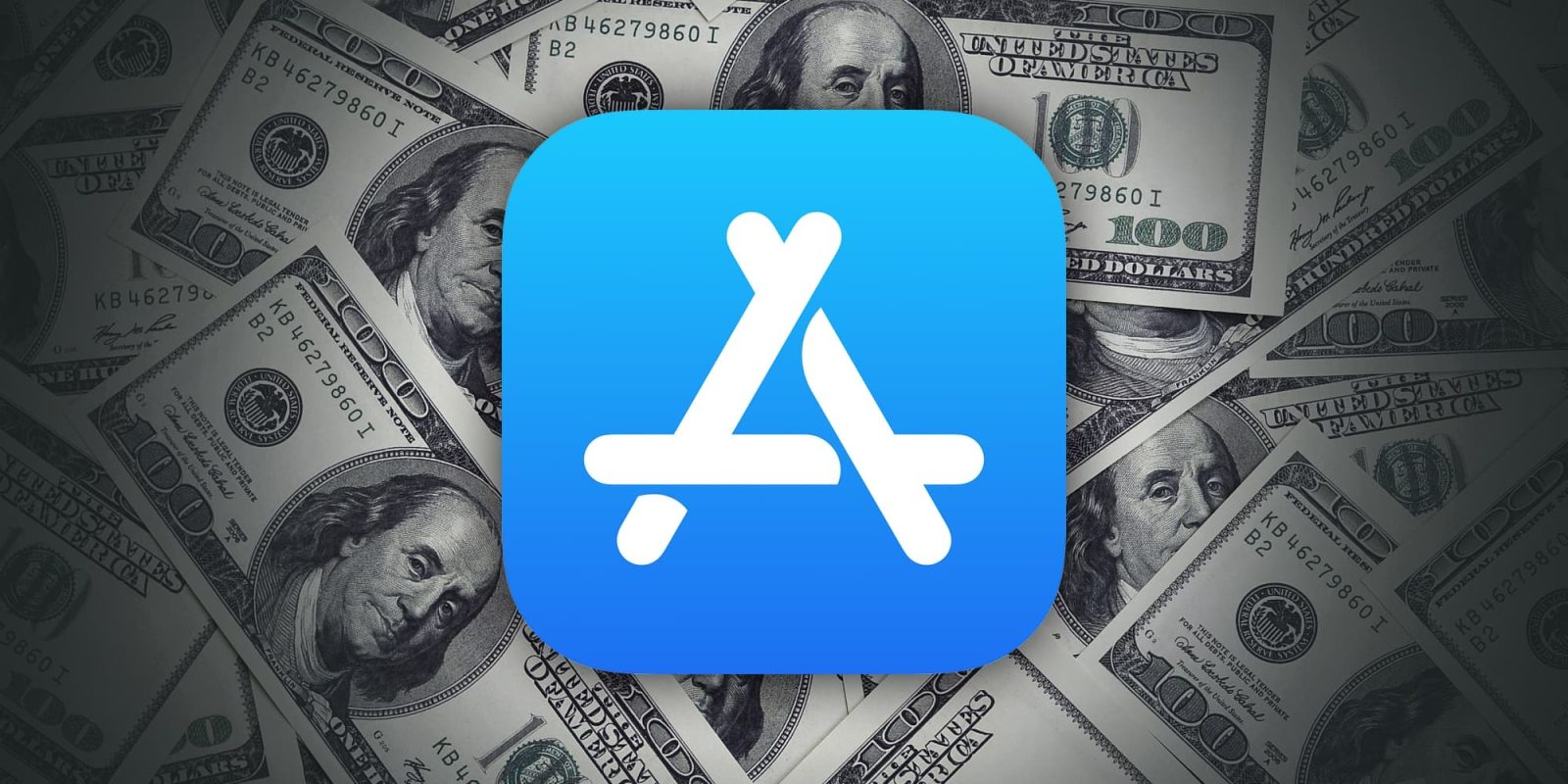
Apple is out with a new report today in which it again touts the economic impact of the App Store. According to a study done by economists at the Analysis Group, the App Store ecosystem generated $1.1 trillion in total billings and sales during 2022, an increase of 29% compared to the data from 2022.
The study, which was funded by Apple, includes the entire App Store economy rather than focusing on purchases made through Apple’s App Store and in-app purchases systems. For example, it includes things like app-based grocery orders, app-based travel purchases and bookings, ride-hailing revenue from apps, including Uber and Lyft, and more.
For example, as restrictions eased in many parts of the world, app categories like travel and ride-hailing saw demand rebound significantly. Travel sales made on iOS apps increased by 84 percent in 2022, alongside a 45 percent increase in sales on ride-hailing apps.
Food and grocery sales were also among the fastest-growing app categories. Since 2019, iOS app-based food delivery and pickup sales more than doubled, and grocery sales more than tripled. In addition, enterprise apps have grown in popularity with companies around the world in the last few years. In 2022, these apps represented one of the fastest-growing digital goods and services categories in Analysis Group’s estimate of billings and sales. The highest growth in digital goods and services was seen in the app-based entertainment category, as notable trends like the creator economy have emerged in recent years, as well as the prominence of apps that support this area.
Here’s a breakdown by category, according to the study:
- General retail: $621 billion
- Travel: $102 billion
- Food delivery and pickup: $77 billion
- Grocery: $52 billion
- Ride-hailing: $48 billion
- Digital payments: $10 billion
- In-app advertising: $109 billion
According to the Analysis Group, it uses focuses on three primary app monetization strategies as part of its methodology for these numbers:
- The first monetization strategy is to sell and distribute digital goods and services. Sales and distribution of digital goods and services can occur through the App Store in the form of paid app downloads and in-app purchases or through the sale of digital content and subscriptions from multiplatform apps that allow for the use and consumption of the app, both on the App Store ecosystem and elsewhere. Examples of apps using this monetization strategy include those for gaming, dating, video and music streaming, fitness and health, and news and magazines.
- The second monetization strategy is to sell physical goods and services through the app. Apps using this monetization strategy are m-commerce apps generally, including apps for ride-hailing, food delivery and pickup, grocery delivery and pickup, general retail, and travel, as well as digital payment apps.
- The third monetization strategy is to sell in-app advertising. Examples of apps using in-app advertising as their primary monetization strategy are social media and short video-sharing apps.
For example, multiplatform apps like Hulu are accounted for in this study based on “the proportion of use that occurs on apps in the App Store ecosystem” rather than purely revenue data:
Through the Hulu app on an Apple device, in which case the purchase happens through the App Store. But a subscription purchased through the App Store can also be used to watch Hulu on other platforms. Consequently, it would be incorrect to attribute all of the App Store billings (the full subscription amount) to the App Store ecosystem because it would overstate the value of the Hulu product enjoyed on Apple devices specifically.
Consider, for example, not just Hulu but the entire video streaming industry, a market with more than $30 billion in total annual sales in the US in 2022. Users consume video streaming content over a mix of smartphone apps, tablet apps, desktop browsers, smart TVs, connected TV devices, and video game consoles. To estimate the volume of sales facilitated by the App Store ecosystem, we first take the portion of hours streamed on smartphone apps, tablet apps, and smart TVs of all types. We then apportion this share to Apple devices specifically, using the Apple market share for each device category.
On the other hand, for iOS apps that sell digital goods and services only through the App Store, the study includes total billings – including Apple’s 15-30% commission.
In its press release on the study, Apple emphasizes that over 90% of billings and sales accrued solely to developers, without any commission paid to Apple.
Tim Cook:
“We’ve never been more hopeful about — or more inspired by — the incredible community of developers around the world,” said Tim Cook, Apple’s CEO. “As this report shows, the App Store is a vibrant, innovative marketplace where opportunity thrives, and we’re as committed as ever to investing in developers’ success and the app economy’s future.”
The full study from the Analysis Group can be found on Apple’s website.
FTC: We use income earning auto affiliate links. More.


Comments